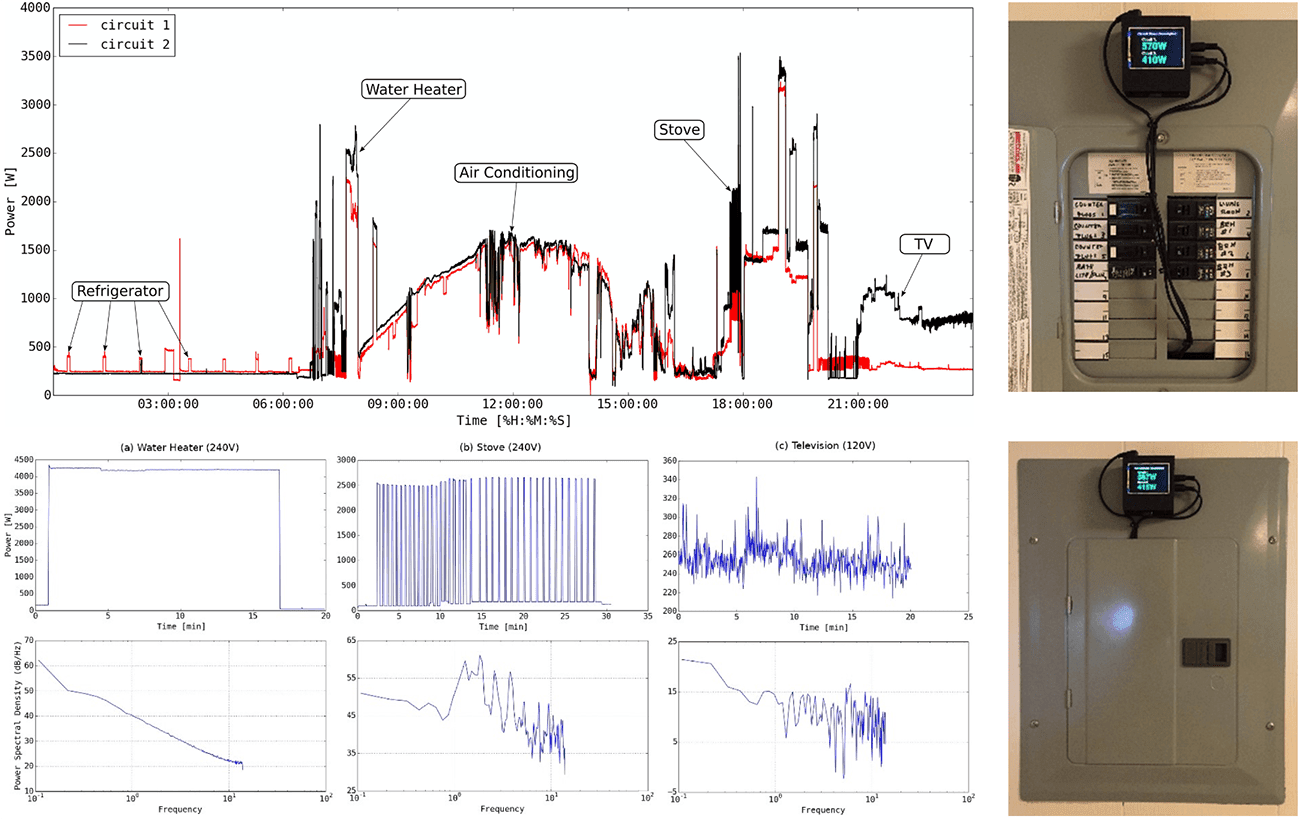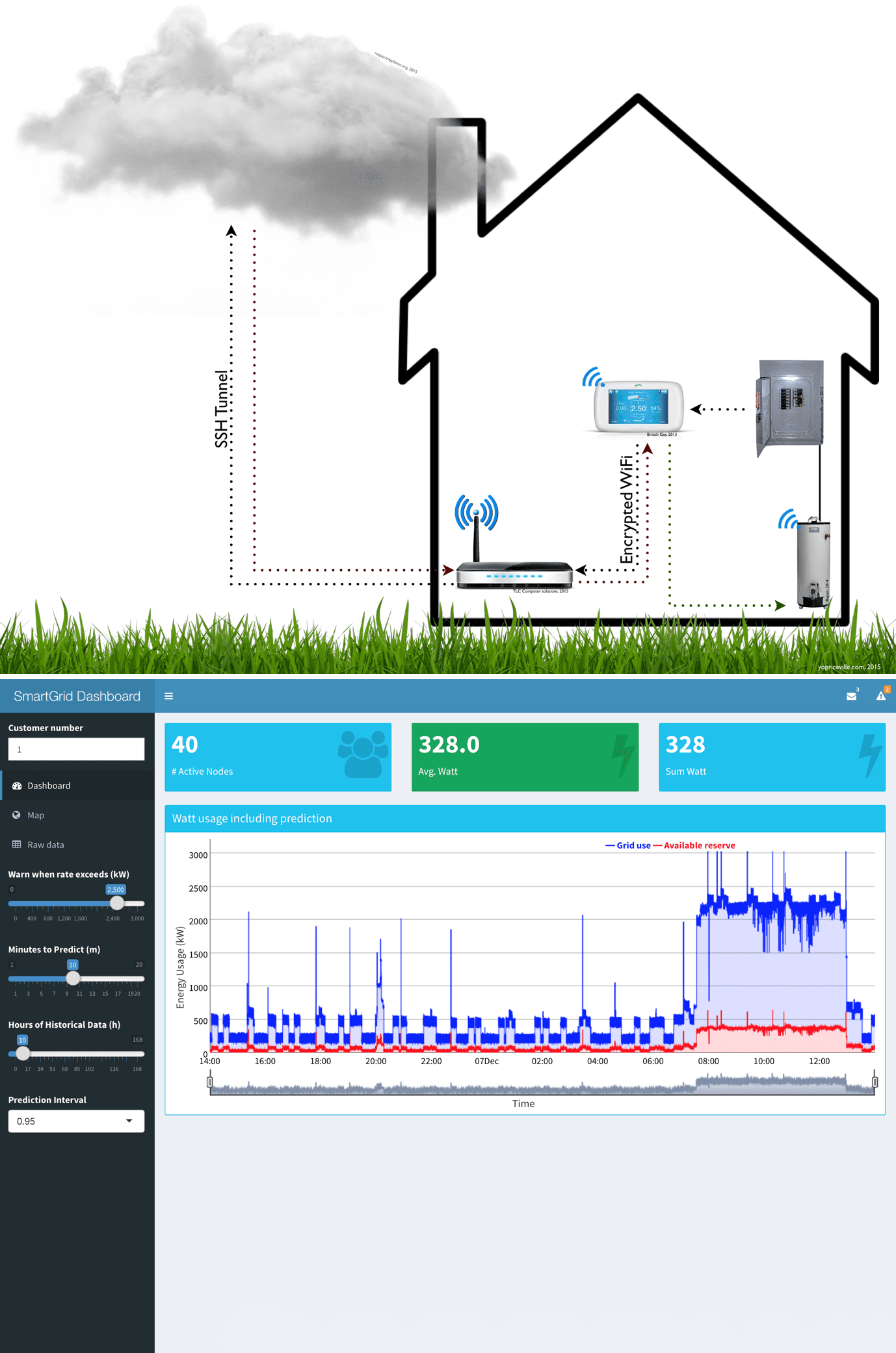Challenge
Hawai is self-sufficient from the rest of the U.S. energy grid and must regulate its own energy production. For this purpose, Oahu Island has two seawater-cooled power plants and negligible renewable energy. If one of the two power plants fails or has to reduce the amount of power it feeds into the grid, power outages occur more frequently due to grid overload. The project at the University of Hawai aimed to reduce these blackouts.
Solution
The goal was to develop a prototype system that detects systems that are not urgently needed, such as water heaters or air conditioners, and calculates a possible energy reserve to stabilize the grid in real-time. In addition, a secure mechanism was to be developed with which the devices identified in this way can be temporarily shut down remotely in order to stabilize the network in the event of an imminent overload. For this purpose, a prototype device was developed based on odroid with the “Electrical Engineering” department and implemented in several households. The data was sent to a central server where it was analyzed in real-time and a forecast for the following ten minutes was calculated.

Outcome
Through the implementation of this system, the energy grid can be stabilized by selectively taking loads off the grid. It is also possible to see how much reserve is available. This provides a solution that enables better control of the power grid and reduces total power outages. According to the U.S. Department of Defense, the cost of power outages of min 8 hours in 2015 was $179,087 per day or $690,000 per day for healthcare facilities such as hospitals. For every outage that does not occur, this solution saves $870,000 in costs.
Data Science Application
The application uses pattern recognition algorithms in Python, as well as ARIMA models in R for forecasting.
Ready to collaborate?
Solve complex problems with data science and AI. Make decisions based on evidence, not instincts, and gain a sustainable edge.
